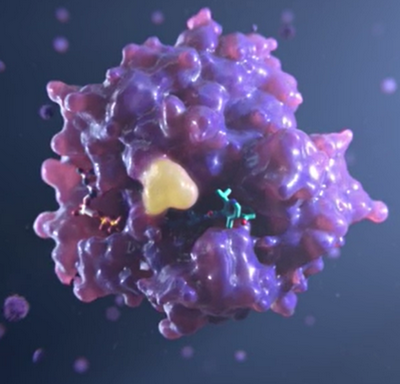The cases of mesothelioma have been increasing and cause-oriented groups have been lobbying to get companies to properly dispose of their asbestos waste in designated facilities. With more than 300,000 patients being diagnosed annually with mesothelioma, it’s high time to hold these companies accountable with the help of mesothelioma lawyers from firms like Bergman Legal.
Fortunately, medical and academic researchers are not resting on their laurels. Year after year, they continue to polish the technology that provides treatment for patients suffering from the illness. This year, they also unveiled breakthroughs that will help shape the future of mesothelioma treatment.
History of mesothelioma treatment
Way back in the 1980s, the world knew very little about this rare kind of cancer. Back then, leading mesothelioma doctors and researchers were only just starting their careers.
Government funding for research in this field was nil and the treatment options were limited to chemotherapy drugs and surgery that only proved to work for test lab mice.
Fortunately, as time went by, more efforts, research, and funding was given to study and development treatment for this rare cancer. Mesothelioma patients who are in the US seeking treatment can now access the treatments offered in world-class cancer institutes.
These centers have dedicated programs to study and treat mesothelioma. Clinical trials indeed helped the researchers forge treatment programs that can offer long-term survival.
Despite all these efforts, the future of mesothelioma treatment is still uncertain. There are exciting opportunities, but up until now, there’s no known fail-proof cure. The new therapies that have emerged may take years to be proven as a better alternative than the present options.
Also, regulators need to find out if these alternative therapies are safe for massive use. Here are some of the recent developments in mesothelioma research.
Keytruda immunotherapy
This is a specific immunotherapy drug that is designed to unveil cancer cells and expose them to the immune system. Through this, the patient’s body will be able to fight cancer naturally, just like how bacteria and viruses are fought.
Keytruda blocks the PD-L1 proteins’ interactions on the cancer cells with the immune system’s PD-1 proteins. You see, the cancer cells carrying mesothelioma usually use PD-L1 proteins to mask themselves and hide from the body’s immune system.
Compared to chemotherapy, immunotherapy has milder and less toxic side effects. Keytruda also has significantly extended the survival of some patients suffering from mesothelioma. The clinical trials conducted have tested the drug and made it available through the Expanded Access Program of the Food and Drug Authority.
Cediranib treatment
This type of treatment program functions by starving tumor cells and depriving them of nutrients. Recent researches are mixing Cediranib with other drugs like Cisplatin and Pemetrexed. Together, these drugs are believed to destroy the harmful cells and stop them from spreading rapidly.
Cediranib functions by blocking all the enzymes needed by pleural mesothelioma cells to grow. It can cut off the blood flow to the tumors, making them shrink naturally. There are also other drugs that are currently being developed that aim to stop tumors from growing growth-sustaining blood vessels. Experts, doctors, and researchers call this specific approach anti-angiogenesis.
Photodynamic therapy (PDT)
PDT is a light-based treatment that uses light-activated medication to stop cancer. This drug is usually injected into the patient’s bloodstream, allowing it to spread all throughout the body. While doing so, it allows cancer cells to better absorb the treatment compared to healthy cells.
When special lasers are shone on specific areas, a chemical reaction is triggered, which causes the termination of the cancer cells. The healthy cells remain unharmed, though. Trial tests were already done but more research is needed to fully declare the safe use of this treatment method.
Mesothelioma treatment has come a long way from the zero funding and unsophisticated treatments in the 80s. Then again, these breakthroughs are not enough to lengthen the lives of suffering patients.
Thankfully, researchers and doctors are doing their best to polish the treatment programs they’ve devised. Eventually, we’ll wake up to a cancer-free society. Until then, let’s unite to help the advocates fight the legal battle against improper asbestos disposal.








